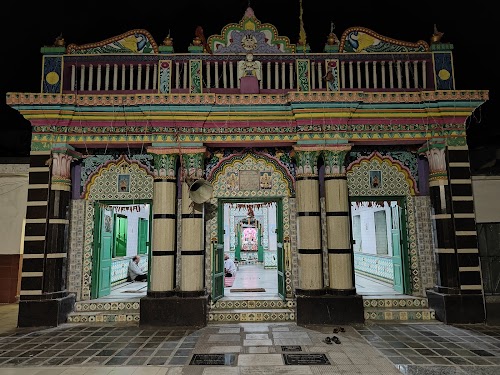
Nrusinghanath Temple
Balangir, India
- Bathe in the Bhimadhar waterfalls.
- Explore the Gandhamardan hills.
- Offer prayers to Lord Nrusingha.
- Photography of the temple and surroundings.
- Visit the medicinal plant garden.
Known for:
Description:
Nestled at the foothills of the Gandhamardan hills in Balangir, Odisha, the Nrusinghanath Temple is a significant pilgrimage site dedicated to Lord Nrusingha, an incarnation of Lord Vishnu. The temple's serene atmosphere, coupled with the natural beauty of the surrounding hills and waterfalls, makes it a popular destination for both religious devotees and nature enthusiasts. The architecture reflects a blend of tribal and traditional styles, adding to its unique charm. The cascading waterfalls, locally known as Bhimadhar, offer a refreshing respite, while the medicinal plants found in the Gandhamardan hills are believed to have healing properties. The temple complex also houses smaller shrines dedicated to other deities, creating a holistic spiritual experience.
History:
The history of Nrusinghanath Temple is deeply intertwined with local legends and folklore. It is believed to have been established in the 14th century by Baijal Dev I of the Chauhan dynasty. The temple's architecture and sculptures reflect the influence of various dynasties that ruled the region. The Gandhamardan hills, where the temple is located, are mentioned in ancient Hindu scriptures, including the Ramayana and Mahabharata, as a source of medicinal herbs. Local traditions hold that Lord Hanuman carried the entire Gandhamardan hill to Lanka to procure the life-saving herb, Sanjeevani, for Lakshmana. Over the centuries, the temple has undergone several renovations and expansions, with contributions from various rulers and devotees, solidifying its importance as a major religious and cultural center in western Odisha.